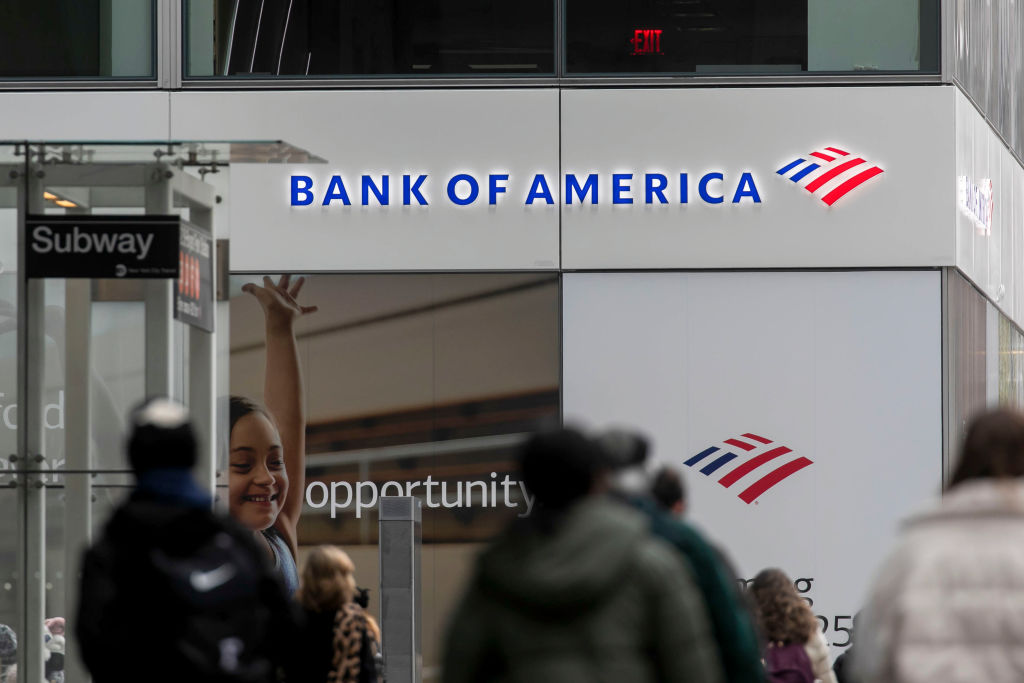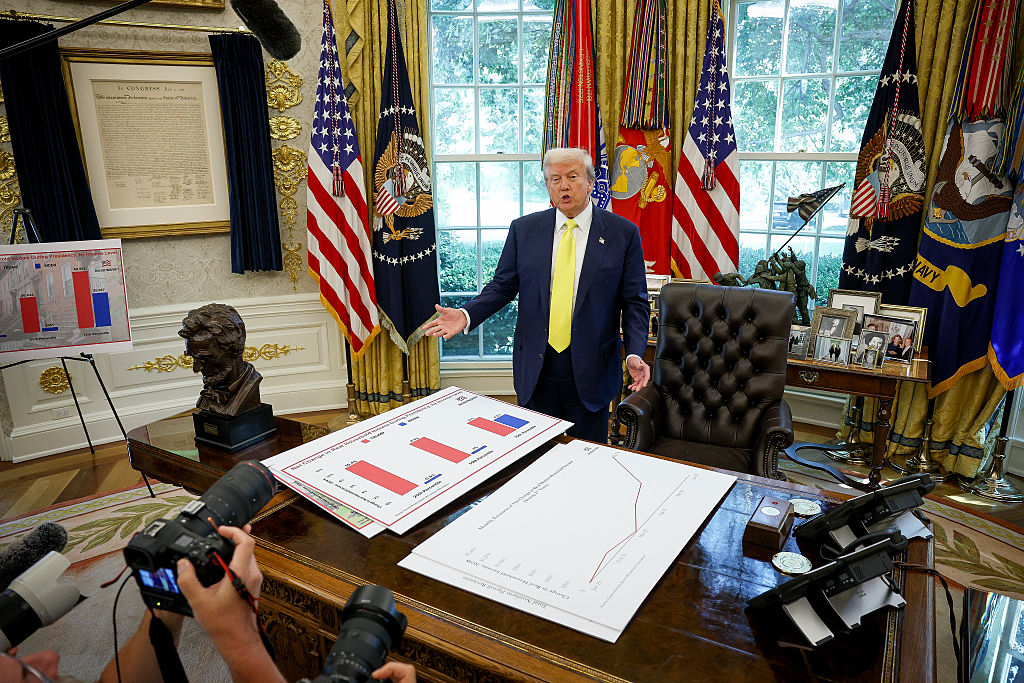When Will the Bull Market End?
No one knows for sure, of course, but mark your calendar for the summer of 2018.


As the second-longest bull market in history makes its way into its ninth year, many investors are understandably asking: When will it end? We’d all be rich if there was a foolproof way to figure that out. But we can make some educated guesses.
One thing to remember is that bull markets don’t die of old age alone. Something’s got to kill them. And the surest weapon is a recession. That’s not always the case. There have been bear markets without a recession, as the crash of 1987 shows. But many of the worst downturns have been accompanied by a recession – or, more accurately, followed by one. The Great Recession, which began in December 2007, was preceded by the start of a bear market in October of that year that went on to lop 57% off stock prices. The recession that began in March 2001 followed a March 2000 market peak that initiated a 49% stock decline.
False alarms are frequent, says economist and market strategist Ed Yardeni, of Yardeni Research. “The next bear market will start when the market anticipates the next recession – and turns out to be correct. The market has anticipated lots of recessions since 2008 that have turned out to be buying opportunities,” says Yardeni.
From just $107.88 $24.99 for Kiplinger Personal Finance
Become a smarter, better informed investor. Subscribe from just $107.88 $24.99, plus get up to 4 Special Issues

Sign up for Kiplinger’s Free Newsletters
Profit and prosper with the best of expert advice on investing, taxes, retirement, personal finance and more - straight to your e-mail.
Profit and prosper with the best of expert advice - straight to your e-mail.
When recessions do pair with stock market peaks, they can do so immediately, as with the concurrent start of the recession and bear market of July 1990, or they can lollygag more than a year behind. On average, recessions begin 7.7 months following a stock market peak, according to market research firm InvesTech Research.
If we only knew when the next recession would begin. Well, Yardeni has a date in mind: March 2019. He bases his determination on the average number of months the economy has continued to expand after it has reached its previous peak, going back to the early 1970s. Counting from November 2013, which is when the economy finally surpassed its 2007, prerecession peak, Yardeni arrives at March 2019.
The date is not an official forecast, says Yardeni, who adds that it comes with no guarantees and plenty of questions. “What do we know today that suggests that March 2019 is a realistic date, or that a recession will come sooner or later? Right now, March ’19 looks realistic,” says Yardeni. “But if pressed,” he adds, “I’d say it might be later.” If the economic cycle sticks to the averages and if the stock market does, too – both big “ifs” – then investors should look for a market top around August of next year.
4 signs of recession
Sam Stovall, chief investment strategist at investment research firm CFRA, looks at four indicators when he’s searching for a recession on the horizon. Every recession since 1960 has been preceded by a year-over-year decline in housing starts, says Stovall. The dips have ranged from a 10% decline to a drop of 37%, and they have averaged 25%. The most recent report on housing starts showed a decline of less than 3%. “So we’re on yellow alert, not red,” says Stovall.
Consumer sentiment is another signpost. Before a recession kicks in, you’ll typically see an average decline of 9% in the University of Michigan’s monthly sentiment index compared with the previous year, says Stovall. Current reading: up 2.4%.
A drop over a six-month period in the Conference Board’s Index of Leading Economic Indicators means trouble, too, with declines of 3%, on average, registering ahead of an economic downturn. Latest six-month change: up 3%.
Finally, when yields on 10-year bonds dip below the yields on one-year notes – known as an inverted yield curve – look out, says Stovall. Ominously, long-term rates recently have been under pressure while the Federal Reserve pushes short-term rates higher. “We’re getting a flatter yield curve, but nowhere near an inversion,” says Stovall. His conclusion: No recession is in sight.
Before you fixate on the twin risks of recession and a bear market, ponder a third risk – exiting a bull market too early. The payoff in the final year of a bull market is historically generous, with returns, including dividends, averaging 25% in the final 12 months and 16% in the final six months.
Nonetheless, investors have every right to ratchet up the caution level at this stage of the game. Now is a good time to make sure your portfolio reflects your stage in life and your risk tolerance. Stick to a regular rebalancing schedule to lock in gains and maintain the appropriate balance between stocks, bonds and other assets, domestic and foreign. And whatever you do, make sure your portfolio is where you want it to be before you go on summer vacation next year.
Profit and prosper with the best of Kiplinger's advice on investing, taxes, retirement, personal finance and much more. Delivered daily. Enter your email in the box and click Sign Me Up.

Anne Kates Smith brings Wall Street to Main Street, with decades of experience covering investments and personal finance for real people trying to navigate fast-changing markets, preserve financial security or plan for the future. She oversees the magazine's investing coverage, authors Kiplinger’s biannual stock-market outlooks and writes the "Your Mind and Your Money" column, a take on behavioral finance and how investors can get out of their own way. Smith began her journalism career as a writer and columnist for USA Today. Prior to joining Kiplinger, she was a senior editor at U.S. News & World Report and a contributing columnist for TheStreet. Smith is a graduate of St. John's College in Annapolis, Md., the third-oldest college in America.
-
 I'm want to give my 3 grandkids $5K each for Christmas.
I'm want to give my 3 grandkids $5K each for Christmas.You're comfortably retired and want to give your grandkids a big Christmas check, but their parents are worried they might spend it all. We ask the pros for help.
-
 If You're Not Doing Roth Conversions, You Need to Read This
If You're Not Doing Roth Conversions, You Need to Read ThisRoth conversions and other Roth strategies can be complex, but don't dismiss these tax planning tools outright. They could really work for you and your heirs.
-
 Could Traditional Retirement Expectations Be Killing Us?
Could Traditional Retirement Expectations Be Killing Us?A retirement psychologist makes the case: A fulfilling retirement begins with a blueprint for living, rather than simply the accumulation of a large nest egg.
-
 If You'd Put $1,000 Into Coca-Cola Stock 20 Years Ago, Here's What You'd Have Today
If You'd Put $1,000 Into Coca-Cola Stock 20 Years Ago, Here's What You'd Have TodayEven with its reliable dividend growth and generous stock buybacks, Coca-Cola has underperformed the broad market in the long term.
-
 If You Put $1,000 into Qualcomm Stock 20 Years Ago, Here's What You Would Have Today
If You Put $1,000 into Qualcomm Stock 20 Years Ago, Here's What You Would Have TodayQualcomm stock has been a big disappointment for truly long-term investors.
-
 If You'd Put $1,000 Into Home Depot Stock 20 Years Ago, Here's What You'd Have Today
If You'd Put $1,000 Into Home Depot Stock 20 Years Ago, Here's What You'd Have TodayHome Depot stock has been a buy-and-hold banger for truly long-term investors.
-
 What the Rich Know About Investing That You Don't
What the Rich Know About Investing That You Don'tPeople like Warren Buffett become people like Warren Buffett by following basic rules and being disciplined. Here's how to accumulate real wealth.
-
 If You'd Put $1,000 Into Bank of America Stock 20 Years Ago, Here's What You'd Have Today
If You'd Put $1,000 Into Bank of America Stock 20 Years Ago, Here's What You'd Have TodayBank of America stock has been a massive buy-and-hold bust.
-

 If You'd Put $1,000 Into Oracle Stock 20 Years Ago, Here's What You'd Have Today
If You'd Put $1,000 Into Oracle Stock 20 Years Ago, Here's What You'd Have TodayORCL Oracle stock has been an outstanding buy-and-hold bet for decades.
-
 How to Invest for Rising Data Integrity Risk
How to Invest for Rising Data Integrity RiskAmid a broad assault on venerable institutions, President Trump has targeted agencies responsible for data critical to markets. How should investors respond?
-
 If You'd Put $1,000 Into Sherwin-Williams Stock 20 Years Ago, Here's What You'd Have Today
If You'd Put $1,000 Into Sherwin-Williams Stock 20 Years Ago, Here's What You'd Have TodaySherwin-Williams stock has clobbered the broader market by a wide margin for a long time.